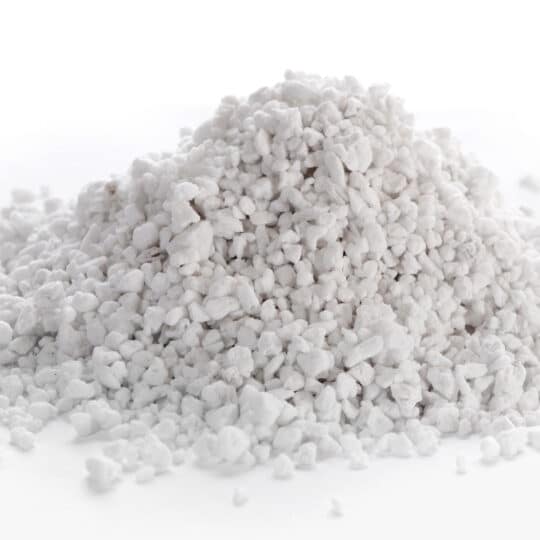Filtration
We offer superior mineral filter aids that are lightweight, chemically inert, and form high porosity filter cakes to maintain free flow of liquids.
Our mineral based filter aids are designed in a range of grades to boost filtration performance in beer and wine, food and beverage and swimming pool filters and cross many industries from automotive, to pharmaceutical and recreation.
The filtering capabilities of diatomaceous earth and perlite make either an excellent choice for Fortune 500 companies and smaller businesses alike.
We’re the most vertically integrated supplier of diatomaceous earth and perlite in the industry. This means more facilities at closer distances to our customers. You’ll always have a dedicated plant specific customer service representative to assist with every order.
Contact Us
Contact us today to learn how we can help your processes, buy direct or from a distributor, or request a free sample of our products. We look forward to hearing from you.
